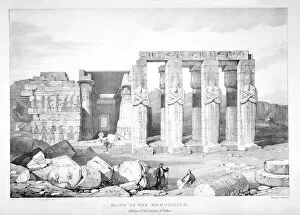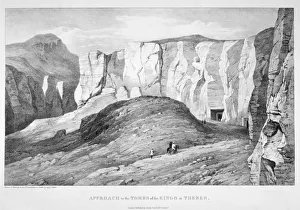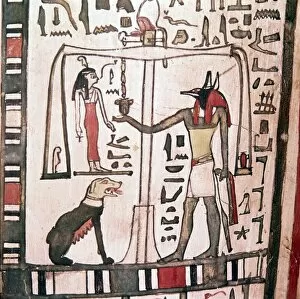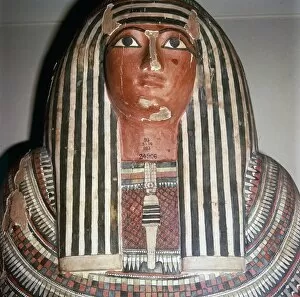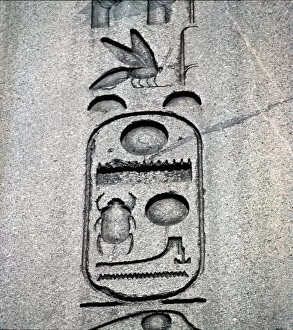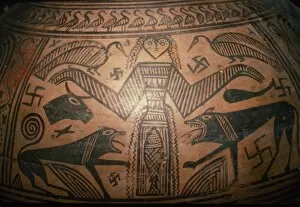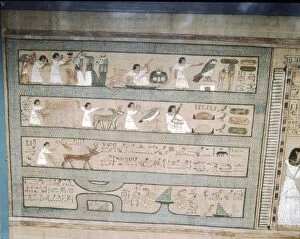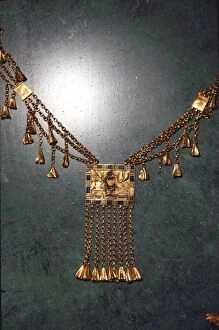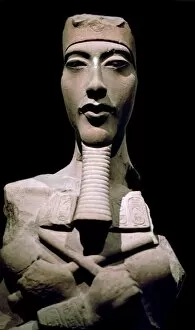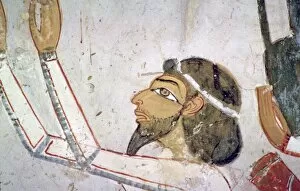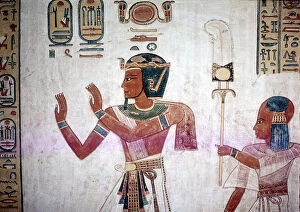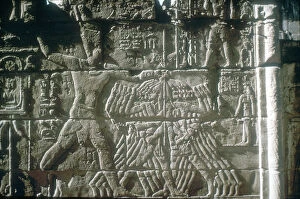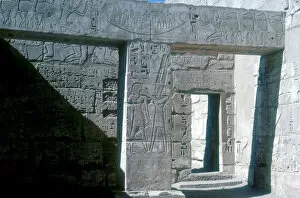Luxor Collection (page 38)
Luxor is an ancient city located in Egypt on the banks of the Nile River
3,614 items
All Professionally Made to Order for Quick Shipping
-
Luxor Collection
Luxor is an ancient city located in Egypt on the banks of the Nile River. It was once the capital of Egypt during the New Kingdom period and is now a major tourist destination. The city is home to some of the most impressive monuments and temples in all of Egypt, including Karnak Temple, Luxor Temple, Valley of Kings, and Hatshepsut's temple. Visitors can explore these sites as well as take a cruise down the Nile River to view other ancient monuments along its banks. It also offers many cultural activities such as shopping at local markets or taking part in traditional festivals such as Ramadan or Eid al-Fitr. With its rich history and culture, Luxor provides visitors with an unforgettable experience that will last a lifetime.
+
Our beautiful pictures are available as Framed Prints, Photos, Wall Art and Photo Gifts
The Luxor collection from Media Storehouse is a stunning selection of wall art and framed prints that capture the beauty and grandeur of Egypt's ancient city. Located on the east bank of the Nile River, Luxor was once known as Thebes and served as the capital of Ancient Egypt during its heyday. Today, it remains one of the most popular tourist destinations in Africa, attracting visitors from all over the world who come to marvel at its temples, tombs, and monuments. The Luxor collection features a wide range of images that showcase this incredible city in all its glory. From panoramic views of the Nile to close-up shots of intricate hieroglyphics and carvings, these prints offer a unique glimpse into one of history's greatest civilizations. Whether you're looking for something to decorate your home or office or simply want to add some cultural flair to your space, the Luxor collection has something for everyone.
+
What are Luxor (Egypt Africa) art prints?
Luxor art prints are a collection of stunning artwork that showcases the beauty and history of Luxor, Egypt in Africa. These prints capture the essence of this ancient city with its magnificent temples, tombs, and monuments. The images depict the intricate details of these structures, including hieroglyphics, carvings, and paintings that tell stories from thousands of years ago. The Luxor art prints offer a unique way to bring a piece of Egyptian culture into your home or office. They make great conversation starters and add an exotic touch to any room's decor. Whether you're interested in history or just appreciate beautiful artwork, there is something for everyone in this collection. These high-quality prints are available in various sizes and formats such as canvas or framed options to suit your preferences. They also make excellent gifts for anyone who loves travel or has an interest in ancient civilizations. With their vivid colors and attention to detail, Luxor art prints will transport you back in time to experience the grandeur of this remarkable city firsthand.
+
What Luxor (Egypt Africa) art prints can I buy from Media Storehouse?
We offer a wide range of Luxor art prints that capture the beauty and history of this ancient city. You can choose from stunning photographs of iconic landmarks such as the Karnak Temple, Luxor Temple, and Valley of the Kings. These images showcase intricate carvings, towering columns, and breathtaking landscapes that have been preserved for centuries. In addition to these famous sites, Media Storehouse also offers prints featuring local markets, traditional architecture, and everyday life in Luxor. These images provide a glimpse into the vibrant culture and rich heritage of this fascinating city. Whether you're looking for a striking centerpiece for your home or office or simply want to add some cultural flair to your decor, we have something to suit every taste. With high-quality printing techniques and a variety of sizes available, you can enjoy these beautiful Luxor art prints in any space.
+
How do I buy Luxor (Egypt Africa) art prints?
To buy Luxor art prints from Media Storehouse, you can browse our extensive collection of artwork online. We offer a wide range of high-quality prints featuring stunning images of the ancient city, including its temples and monuments. Once you have found the print that you like, simply add it to your cart and proceed to checkout. At checkout, you will be asked to provide your shipping information and payment details. We accept various forms of payment, including credit cards and PayPal. After completing your purchase, your print will be printed on high-quality paper using state-of-the-art printing technology. Media Storehouse takes great care in packaging their products for safe delivery. Your Luxor art print will arrive securely packaged in a protective tube or flat-pack envelope depending on the size of the print ordered. With our easy-to-use website and excellent customer service team, buying Luxor art prints has never been easier.
+
How much do Luxor (Egypt Africa) art prints cost?
We offer a wide range of Luxor art prints at varying prices. Our collection includes high-quality images of the ancient temples and monuments that make up this historic city. The cost of our Luxor art prints depends on several factors such as the size, framing options, and printing materials used. We provide customers with different sizes to choose from ranging from small to large formats. Our standard paper print option is an affordable choice for those looking for a budget-friendly option while still maintaining excellent quality. For those who want their artwork to stand out more prominently, we also offer canvas prints which are perfect for creating a gallery-style look in any room. The price of our Luxor art prints is competitive and reflects the quality of our products. We strive to provide customers with exceptional value for money without compromising on excellence in design or production standards.
+
How will my Luxor (Egypt Africa) art prints be delivered to me?
We take great care in ensuring that your Luxor art prints are delivered to you in the safest and most efficient manner possible. We use high-quality packaging materials to protect your artwork during transit, including sturdy cardboard tubes for rolled prints and flat-pack boxes with protective layers for framed or mounted prints. Our delivery partners are carefully selected based on their reliability and track record of delivering items safely and on time. They will deliver your order directly to your doorstep or designated address, depending on the shipping option you choose at checkout. We also provide tracking information so that you can monitor the progress of your shipment from our warehouse to its final destination. If there are any issues with delivery, please don't hesitate to contact us and we'll do everything we can to resolve them as quickly as possible. Rest assured that when you order Luxor art prints from Media Storehouse, they will be delivered securely and promptly so that you can enjoy them for years to come.

